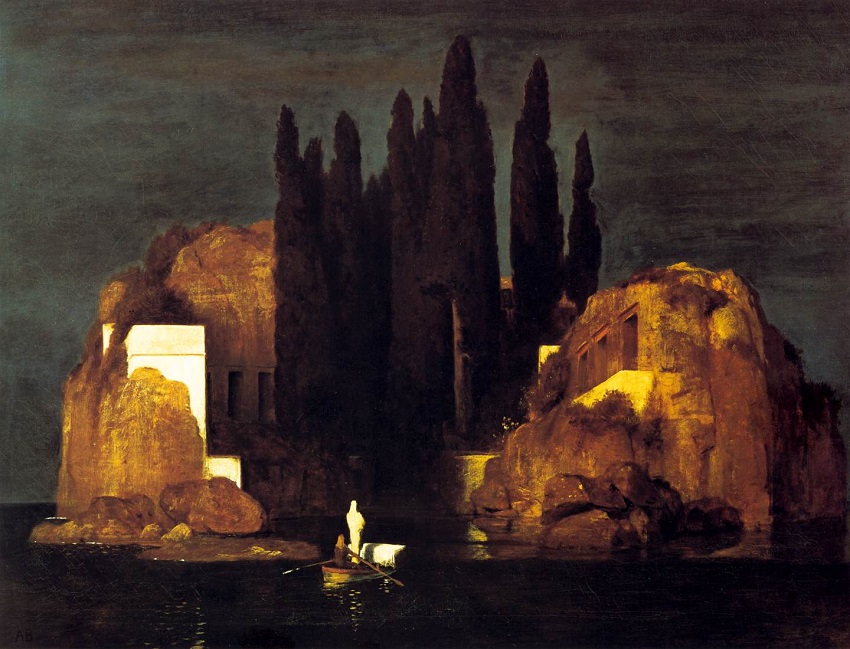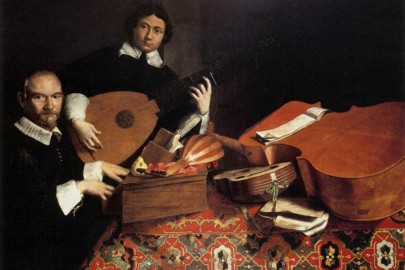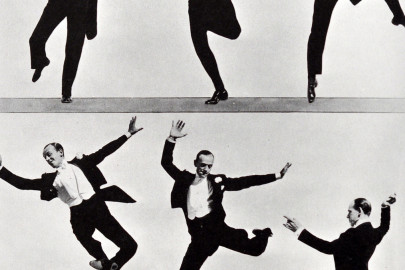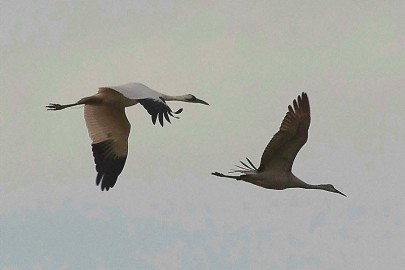The Dies Irae is one of the most-used themes in western music. Mahlerman selects some fine examples…
Scholars are split, but to put the four note descending motive (and the bars that follow) into some sort of context, I will give the palm to the 13th Century Franciscan Thomas of Celano for conjuring-up the now overused Dies Irae theme, employed every day in the Roman Catholic Funeral Mass, and representing death or grieving. This sombre, ambient, Gregorian plainsong has inspired countless (well, about thirty) composers over 800 odd years to tinker with it, invert it, reverse it, part-conceal it or, best of all, quote it as written. Here are a handful that caught my ear.
The last great symphonist of the 20th Century Dmitri Shostakovich produced his penultimate and greatest symphony, No 14 in G minor toward the end of his life in 1969, part-paralysed in hospital with the polio virus that would end his life six years later. More a song-cycle than a true symphony, it employs a chamber orchestra with multiple percussion (no brass, no woodwind) plus soprano and bass soloists to intone the poems by Lorca, Apollinaire, Kuchelbecker and Rilke that make up the eleven bleak, terse movements. The ill-health he suffered for most of his life meant that thoughts about ‘the eternal themes of love and death’ were never far from his mind. Always able to compose at speed, the thought that he might expire before completing the work spurred him on, in pain, to a white-heat of creativity, and the work was completed (in piano’ form) in about a month, and orchestrated two weeks later – in itself, an extraordinary feat. This shy, retiring genius knew he had created a masterpiece adding, before the first performance that it was ‘…..a landmark piece for me. Everything I’ve written over the last many years has been a preparation for this work’. The Dies Irae theme litters the work in various forms; here, at the very opening of the first movement De profundis high in the violins, and followed by the deep dark bass of Yevgeny Nesterenko. The Moscow Philharmonic is conducted by the Shostakovitch specialist Kirill Kondrashin.
The Italian modernist Luigi Dallapiccola composed the first movement of his three part cycle Canti di prigionia (Songs of Imprisonment) at the outbreak of WW2, as a direct response to Mussolini’s speech introducing race laws to Italy. The piece is scored for the unusual combination of two pianos, two harps and percussion, plus chorus. The Dies Irae theme is quoted in all three movements, but is perhaps most prominent at the start of the first, Mary Stuart’s Prayer. The composer’s intent, having just read Stefan Zweig’s Mary Stuart was ‘…..to transform the prayer of the queen as an individual, into a song for all mankind’.
When the First World War ended and, a year later, the Bolshevik Revolution erupted, Nikolai Myaskovsky was in his mid-thirties, and had a ringside seat. He had produced five symphonies, and had a further twenty-two ahead. With his mind on heroism and revolution, he started thinking about his next symphony, and planned it on vast scale, with an optional chorus in the last movement, and an apposite quotation from the Dies Irae, illustrating the moment when the soul leaves the body. It has been suggested that the Sixth Symphony in E flat minor is a ‘…requiem for his father’ whose murder by a revolutionary soldier he had witnessed in 1918, and it has a deeply-felt, post-romantic burnish particularly, as here, in the closing pages.
The Swiss Symbolist artist Arnold Bocklin painted the first version of his spooky, disturbing Isle of the Dead (above) in 1880, and followed it over the next six years with four others, all equally unnerving. The series has exerted a strong influence upon writers, film makers, illustrators and, not least, musicians ever since, and a black-and-white print of it inspired the great Russian Sergei Rachmaninov to produce one of his greatest works, perhaps the greatest. The composer was already somewhat fixated on the Dies Irae theme, using it in all of his symphonies (including the choral The Bells), the famous Paganini Rhapsody, and his last work, the Symphonic Dances. His idee fixe, combined with a brooding presence (Igor Stravinsky famously described him as ‘A six-and-a-half foot tall scowl’) meant that he developed a totally unwarranted reputation for being rather glum, but considering the criticism he endured for staying true to the melodic gifts he possessed at a time when most of the musical avant garde were ‘moving-on’ (the premiere of Rite of Spring was just five years away), it is hardly surprising that he appeared to be a melancholy presence. A better aural description of Bocklin’s picture is hard to imagine; the marvellous rocking of the boat, brought to life by alternating the 5/8 rhythm between 1-2, 1-2-3 and 1-2-3, 1-2 is a felicitous masterstroke, one of many. And keeping the Dies Irae in the shadows, but not invisible, until the very end, where the ‘cellos and bassoons quote verbatim from the Gregorian Chant in pianissimo – masterful.












What a magnificent post, MM.
I first caught the Myaskovsky on a Radio 3 CD Review. I came in part-way through and thought ‘Shostakovich? Rachmaninov? Well it’s Russian; it has to be; it can’t be anything else.’ I gesticulated to the missus to sit down, the shopping can wait. She gesticulated back; the shopping won’t wait. But it did: I had my wicked way; she retired to the kitchen to peel onions: a crafty cover for tears born of rejection. What a piece: surely a symphony to stand with the greatest to come out of Russia. I sat transfixed by the blistering intensity of much of the music. On completion of the BBC’s review it was a case of: ‘Okay, let’s go shopping; I must call at Rare Records to see if they have the symphony. I’ll tell you when we get to the part where Myaskovsky recalls the bitter winter of 1920 when his aunt, who had first taught him the piano and who had looked after him following his mother’s death, herself died in a flat described as bleak, cheerless and very cold. The wind whistled in the chimneys; freezing the already cold corpse; images so intense Myaskovsky included them in the scherzo of the symphony.
The Rachmaninov is glorious. The opening is hypnotic; Christopher Palmer in the liner notes to the Askkenazy/Concertgebouw recording captures Rachmaninov’s intentions:
‘The argument is easily followed: the silent shadowy approach of the boat, the journey through thick night and fog, the impassioned leave-taking of earthly bliss, the sweet release of death; then, having deposited his burden, the ferryman re-crossing the water and disappearing in a long-drawn diminuendo al niente.’
abercrombie tシャツ